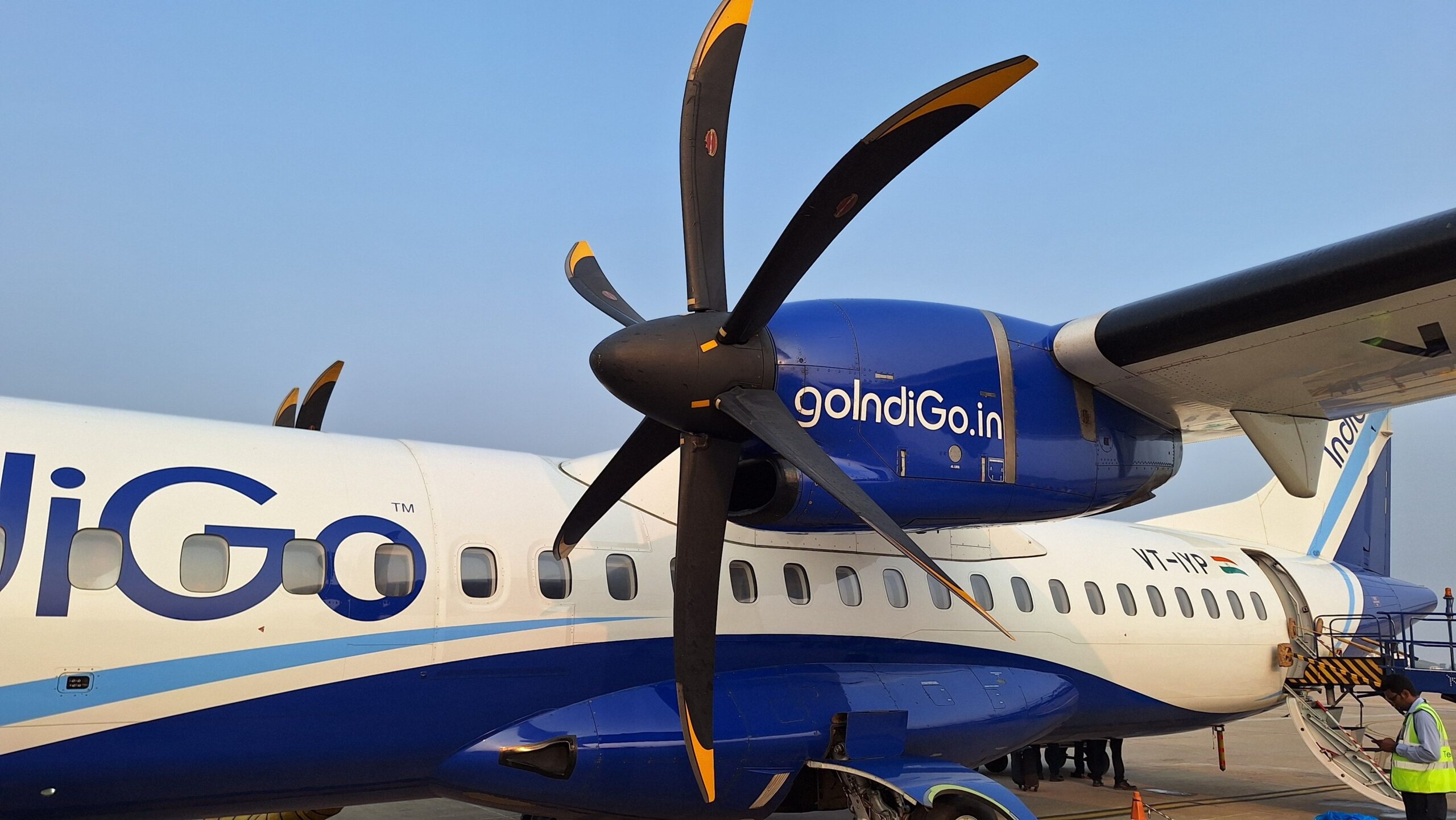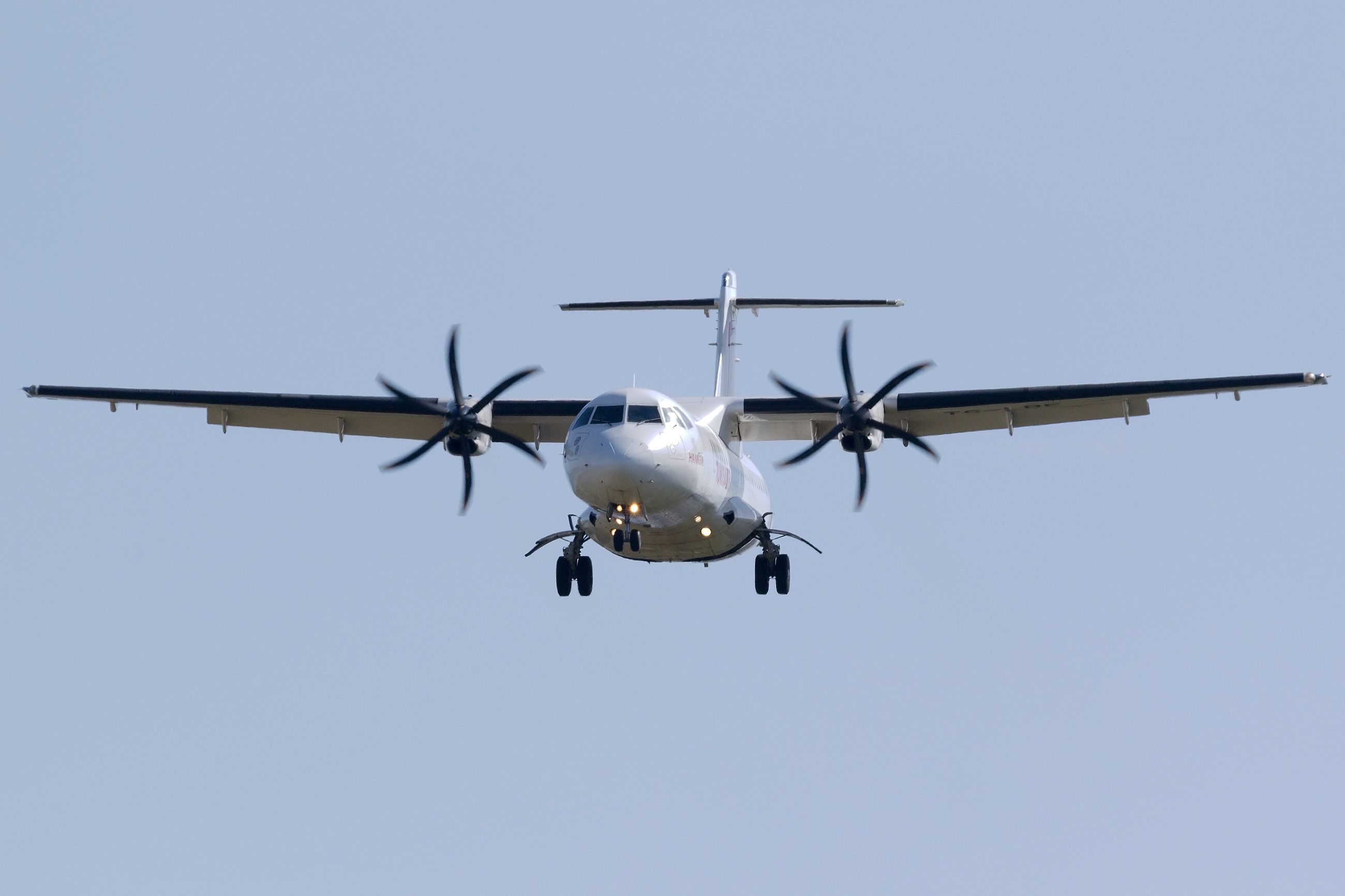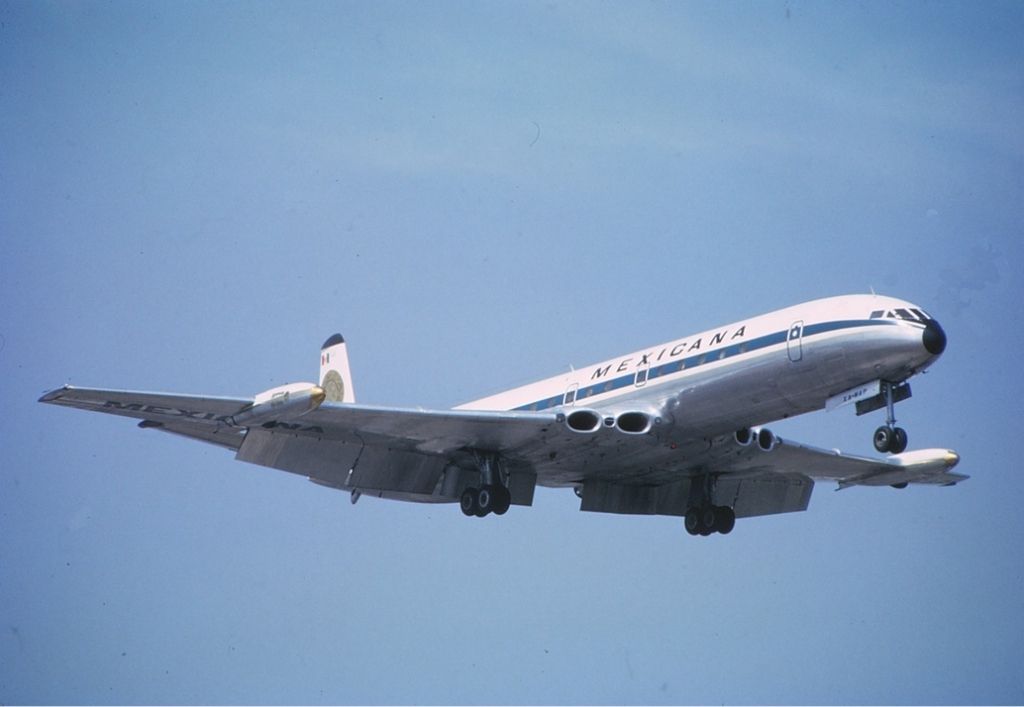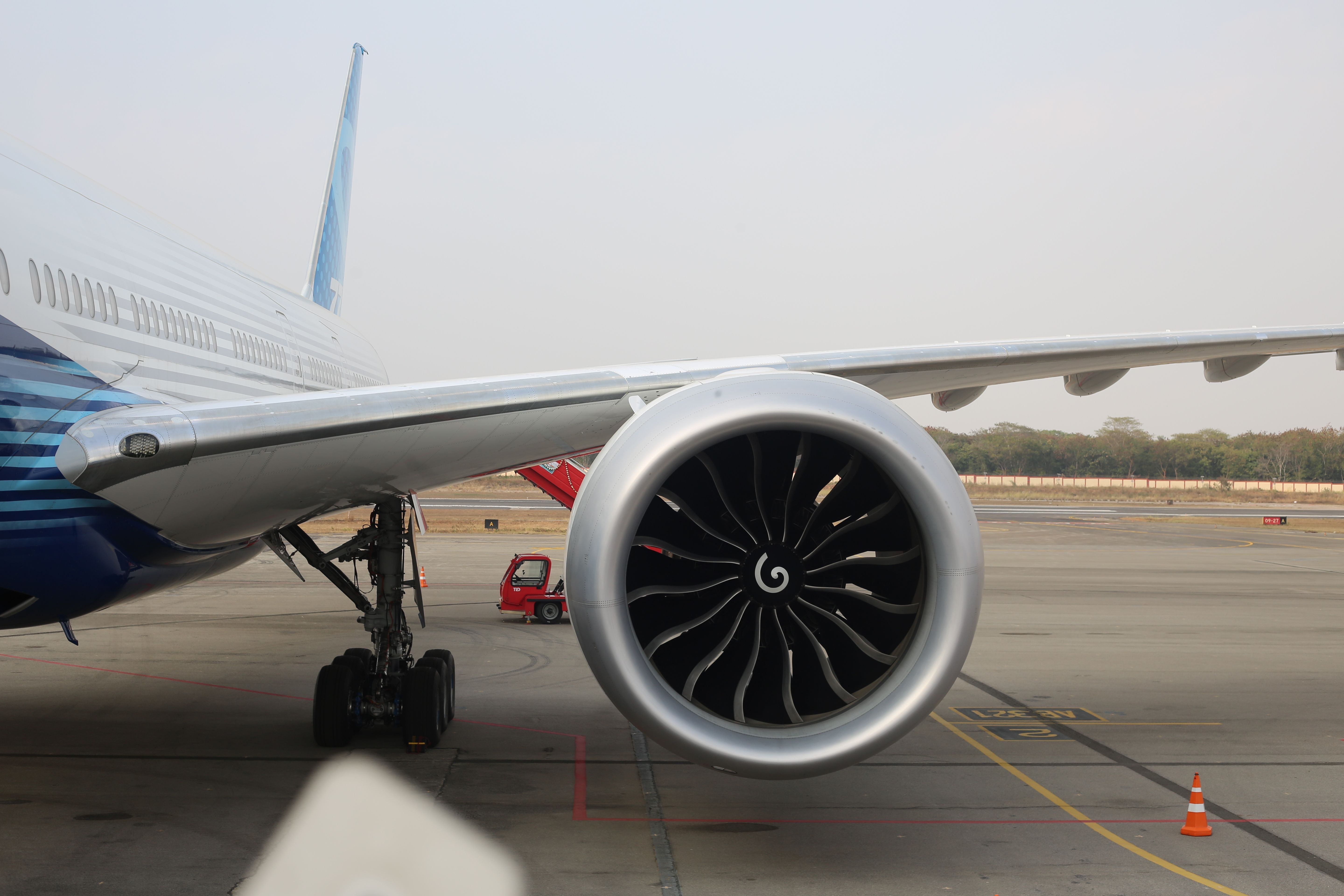Summary
- Turboprops are more fuel-efficient and ideal for short routes.
- Jet engines are more efficient for longer distances and higher altitudes.
- Turboprops can be noisier but offer more adaptability to smaller airports.
Although the choice between a turboprop or a jet aircraft may not enter the average passenger’s head, for avgeeks around the world, it can be an important choice that may even determine their travel plans. There are many differences between the two types of aircraft, ranging from how they are powered to their operational efficiency.
Photo: InsectWorld | Shutterstock
But first, what is a turboprop, and what is a jetliner? Turboprop technology dates back to the early days of aviation, with the Vickers Viscount becoming the first turboprop aircraft to achieve widespread commercial success when it entered service in 1953. Today, among the most popular turboprop aircraft in commercial service are:
- ATR-42 – 503 built since 1984
- ATR-72 – 1,217 built since 1988
- Dash 8-Q400 – 1,258 built since 1983.
A jetliner, on the other hand, is an aircraft that is powered by one or more jet engines. The earliest jetliners also date back to the early twentieth century, but it was not until the 1950s that they became more commonplace. In 1952, BOAC operated the first commercial aircraft service from London to Johannesburg with a de Havilland Comet aircraft. The popular Boeing 707 entered the market just six years later.
Today, jetliners vary in size considerably, from smaller regional aircraft such as the Embraer E175 to giant superjumbos like the Airbus A380. Aside from the clear visual differences, what sets turboprops and jetliners apart?
1
Power source
One key difference between a turboprop and a jet aircraft is how they are powered. Turboprops have a propeller powered by a motor, which generates power by burning air and fuel.
Jet engines, on the other hand, do not have propellers. Instead, air is drawn into the engine, compressed, mixed with fuel, and ignited. The highly pressurized exhaust gases pass through a nozzle, which generates the thrust needed to propel the aircraft forward.
2
Efficiency and operating costs
Over short distances, turboprop engines are more fuel efficient, while for flying over longer distances, jet engines are more efficient. This is because jet engines use much more fuel during take-off than their turboprop counterparts, which is balanced out by longer cruising distances.
This makes turboprop aircraft ideal for short domestic and regional routes, which is why many airlines choose to deploy them on such services. For example, the latest data from ch-aviation shows that Brazil’s Azul Linhas Aéreas currently has a total of 105 turboprop aircraft in its fleet, made up of 38 ATR 72-600s, 44 Embraer ERJ190-200s, and 23 Embraer ERJ190-400s. Routes recently operated by Azul’s ATR 72s include:
- São Jose do Rio Preto (SJP) – Belo Horizonte (CNF)
- João Pessoa (JPA) – Recife (REC)
- Recife (REC) – Fernando de Noronha (FEN).
The airline’s regional subsidiary, Azul Conecta, also operates a fleet of 27 Cessna aircraft.
3
Noise levels
Due to their propellers, turboprops are generally noisier than jet aircraft, particularly during takeoff. Those traveling on a turboprop aircraft for the first time, in particular, may notice this. That said, jet engines can also be noisy due to the high-speed exhaust gases they produce.
However, as technology advances, aircraft manufacturers have made significant developments in making their aircraft quieter. The cabins of modern aircraft, including turboprops such as the ATR 72, are increasingly fitted with soundproofing technology to make for a more pleasant passenger experience.
4
Adaptability to different airports
Turboprop aircraft are able to take off and land on shorter runways, making them perfect for use at airports that do not have the infrastructure to cope with large jet aircraft such as the Boeing 777 or Airbus A380.
A prime example is cebgo, the regional subsidiary of the low-cost carrier Cebu Pacific. cebgo operates passenger services across the Philippines, providing vital connections to small airports throughout the island nation. The airline does this with a fleet of 15 ATR 72-600s, each able to carry up to 78 passengers in an all-economy configuration.
5
Altitude and range
Turboprops fly at lower altitudes, while aircraft with jet engines are capable of flying at much higher altitudes. This makes turboprops ideal for short hops between regional airports, with jet aircraft coming into their own on longer journeys.
Photo: Aerospace Trek | Shutterstock
However, flying at lower altitudes means that turboprops are often more exposed to weather conditions, so flights on such aircraft may be more likely to be delayed or canceled in the event of inclement weather. A jet aircraft, on the other hand, can often climb through the weather and cruise above it.
When it comes to range, most turboprop aircraft would struggle to fly more than 1,500 miles (2,414 km), while jet aircraft can often easily fly distances of over 5,000 miles (8,046 km) without having to refuel.
The table below compares two similarly-sized aircraft – the ATR 72 and the Embraer E175 – for passenger capacity, top speed, and maximum altitude:
|
Aircraft type |
Passenger capacity |
Top speed |
Maximum altitude |
|
|---|---|---|---|---|
|
ATR 72 |
Turboprop |
Up to 78 |
310 mph (499km/h) |
25,000 ft |
|
Embraer E175 |
Jet engine |
Up to 90 |
553 mph (890km/h) |
41,000 ft |




